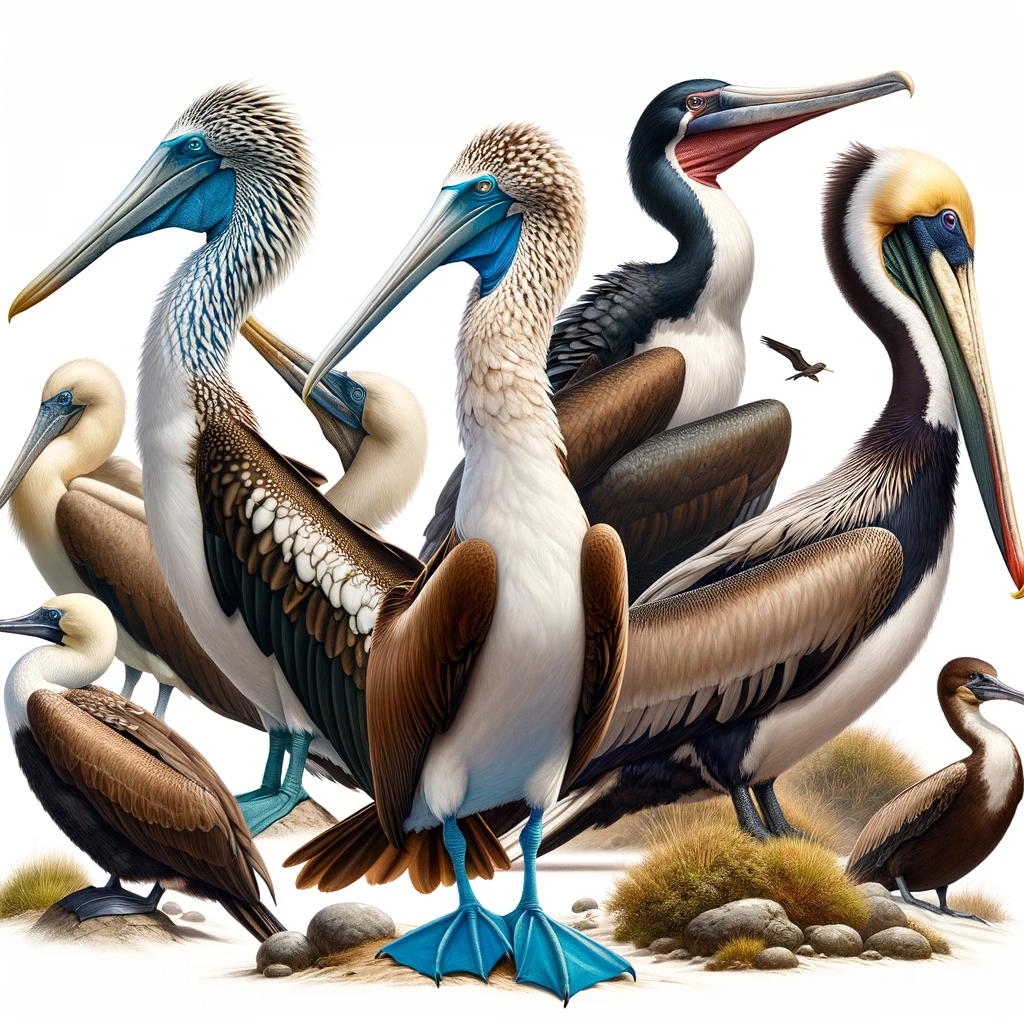
Suliformes: An In-Depth Taxonomy Profile
Nepal, a country known for its spectacular landscapes and rich biodiversity, is a haven for birdwatchers and ornithologists alike. Among the diverse array of avian species found in this Himalayan nation, one particularly fascinating group stands out – the Suliformes. In this in-depth taxonomy profile, we'll explore the enchanting world of these captivating birds and their presence in Nepal.
Understanding the Suliformes Order
The Suliformes order is a diverse group of aquatic birds consisting of cormorants, darters, frigatebirds, and boobies. With their streamlined bodies and specialized fishing techniques, these birds are well-adapted to thrive in aquatic environments.
Cormorants: The Efficient Fish Hunter
Cormorants are medium to large-sized birds with elongated bodies and slender necks. They have distinctive webbed feet that enable swift swimming through the water while they pursue their prey - mainly fish. Their feathers are not as oily as those of other waterbirds, allowing them to swim submerged without trapping air. After swimming, you may catch a glimpse of cormorants spreading their wings wide to dry.
Darters: The Serpentine Swimmers
Darters, also known as snakebirds or anhingas, are characterized by their elongated necks that can twist and turn fluidly like that of a snake. When they swim, only their sinuous necks are visible above water – giving them the appearance of a snake slithering across the surface. They excel at spearing fish with their sharp beaks and consume their prey with an efficient toss-and-swallow motion.
Frigatebirds: Aerial Pirates of the Sky
Frigatebirds are large seabirds with impressive wingspans measuring up to 7 feet. These wings allow them to glide skillfully above the water's surface in search of food. Notorious for their kleptoparasitic behavior, frigatebirds often harass other seabirds midflight, forcing them to release their prey – which the frigatebird quickly snatches in mid-air.
Boobies: Masters of Dive Bombing
Boobies, known for their mesmerizing plunge-diving technique, are exceptional hunters. They can dive from heights of 50 feet or more, hurtling into the water with incredible speed and precision to catch fish close to the surface. Equipped with a throat pouch and strong beak, boobies are well-adapted to hold and carry their prey back to their nests once captured.
Suliformes in Nepal
Though the Suliformes order is not as abundant in Nepal compared to other bird groups, some species can be found throughout the country. For example, the Indian cormorant (Phalacrocorax fuscicollis) and Little cormorant (Microcarbo niger) are regularly spotted across several aquatic habitats in Nepal—from riverbanks and wetlands to lakes and reservoirs.
Concluding Thoughts
The captivating world of Suliformes, with its diverse adaptations and fascinating hunting techniques, offers an insight into the remarkable biodiversity present in Nepal. By understanding these aquatic birds' intricate taxonomy profile and habitat preferences, we can not only appreciate their inherent beauty but also contribute towards conserving their population in this incredible landlocked country.


